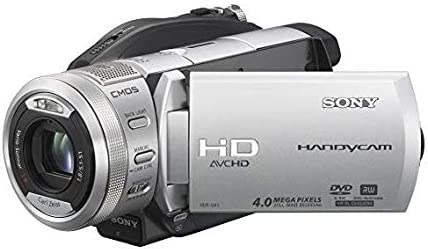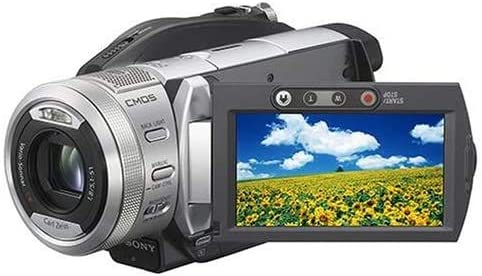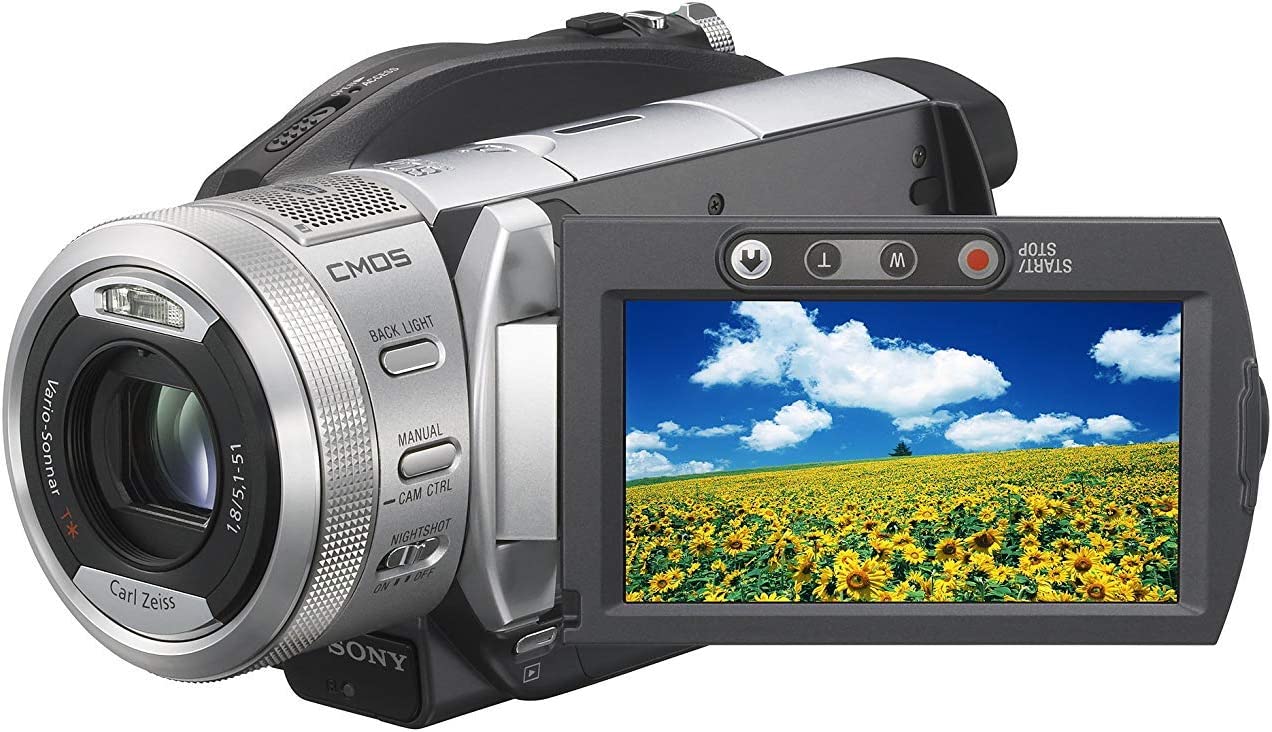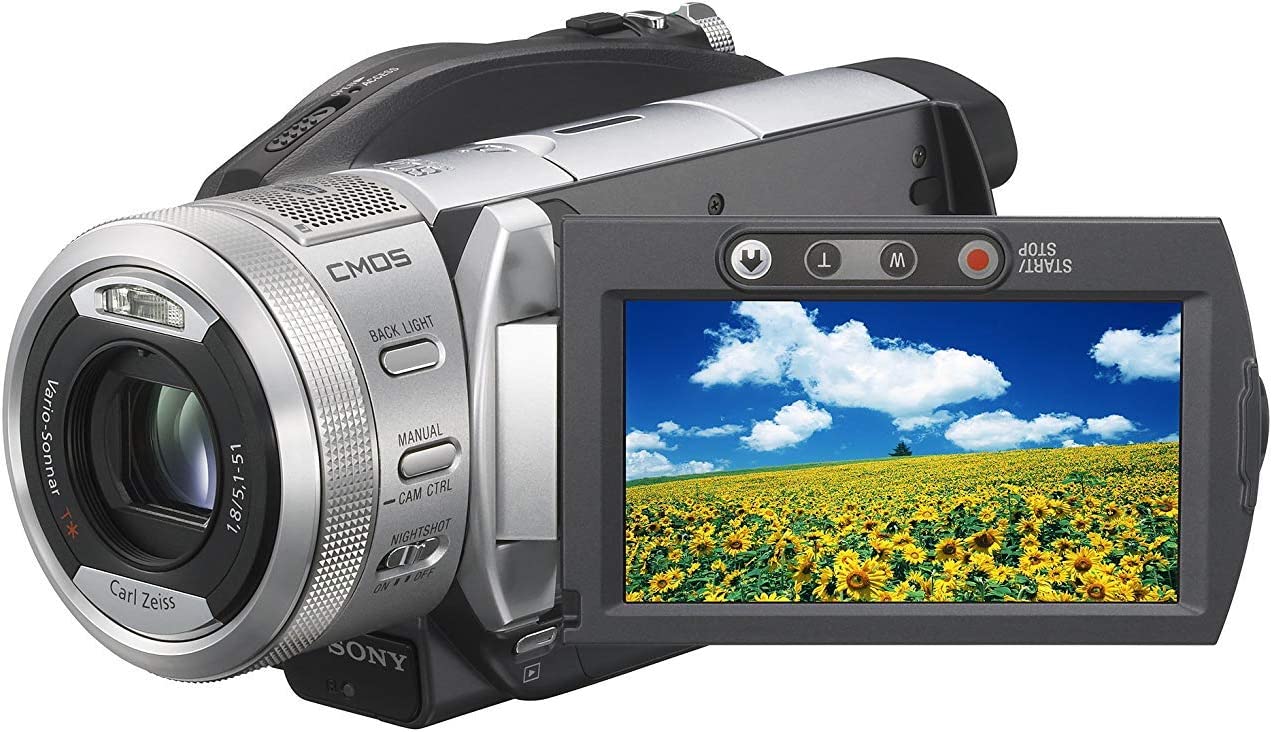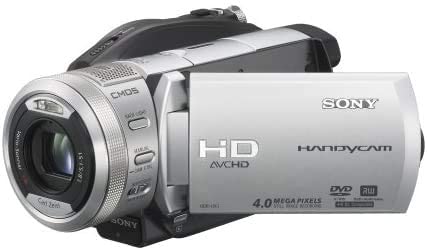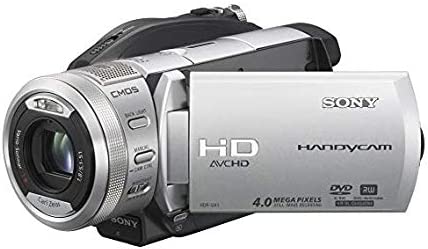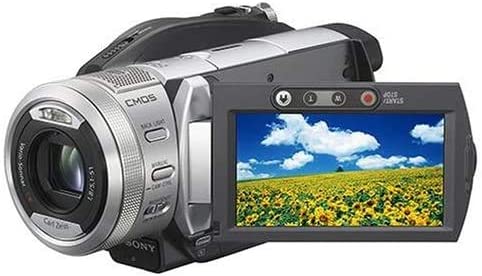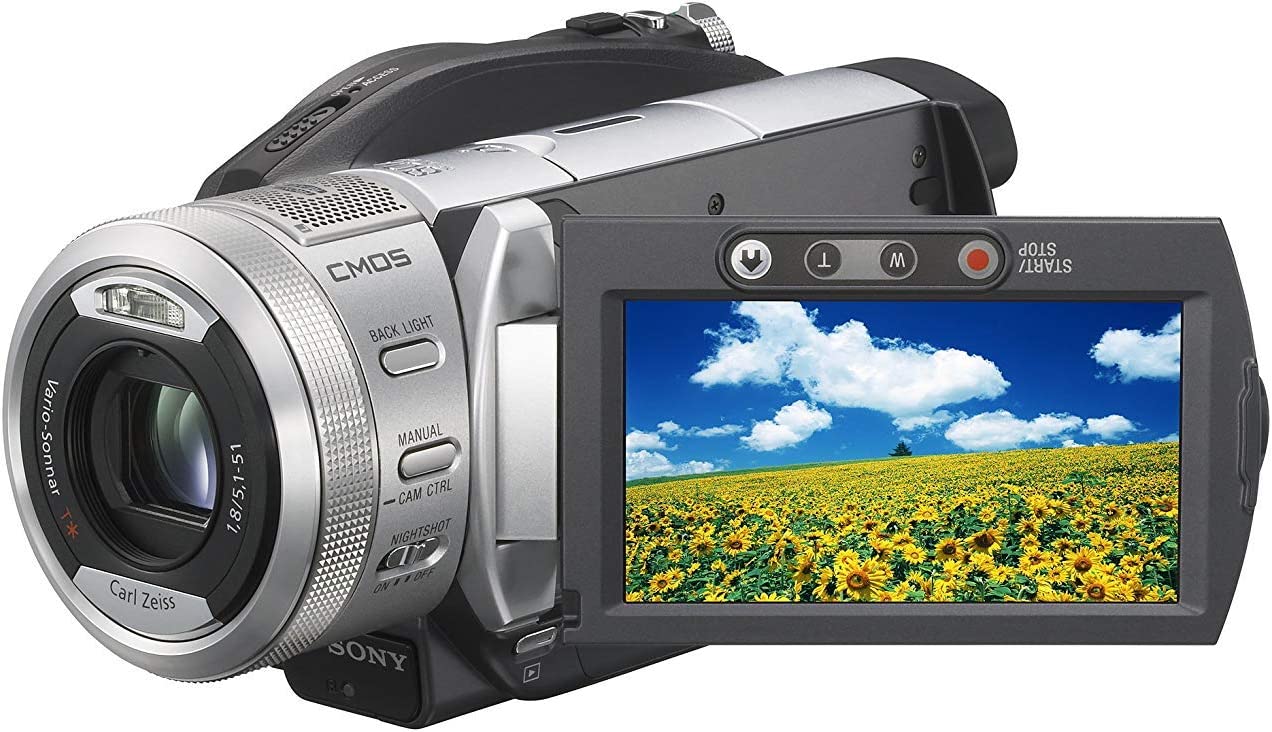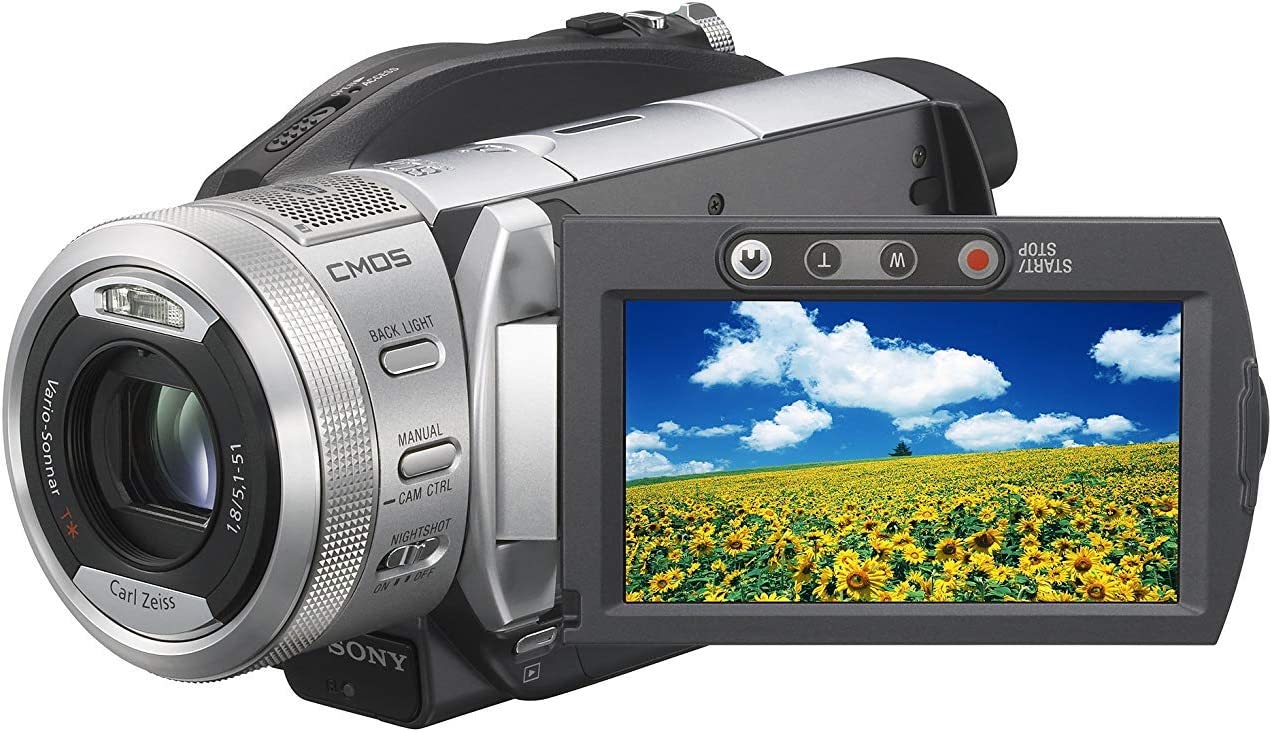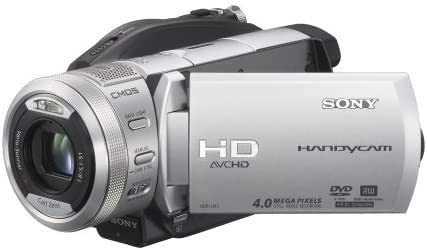Sony
Sony HDR-UX1E HD DVD - High Definition Camcorder
Sony HDR-UX1E HD DVD - High Definition Camcorder
Couldn't load pickup availability
Product description
The HDR-UX1E is the first High Definition camcorder able to record on an 8 cm DVD! This appliance can record high-defintion images onto DVD. Raising the digital bar even higher, Sony offers images in 1080i by using the AVCHD format, specially designed for DVD supports. In addition, the HDR-UX1E reads all discs including DVD-RW and dual layer DVDs to give you an hour's worth of high definition video time in LP mode. Using a CMOS sensor, your images will always be true to life. This camcorder restores colour perfectly and manages shadow and light exceptionally well. Furthermore, the HDR-UX1E comes with a super Night Shot mode so that you can film in total darkness. Birthday parties or evenings out with friends can be immortalised without any problems! Thanks to its improved image processor and its electronic image stabiliser, the HDR-UX1E employs state-of-the-art technological innovations from Sony to bring you complete satisfaction. Equipped with a 3.5" touchscreen, focusing becomes as easy as pie! Moreover, the HDR-UX1E has a Carl Zeiss Vario-Sonnar T lens and is the number one rival to other digital photo cameras. Able to record up to 4 megapixel images on Memory Stick PRO and Memory Stick DUO memory card, the HDR-UX1E is also Pictbridge compatible. Last but not least, you can enjoy your photos and videos to the max with its USB connection that enables you to transfer them on to your computer or HD ready TV via its HDMi output.
As one of Sony's two new high definition camcorders, the HDR-UX1 should be an attractive proposition. In many ways it is, with good quality video, a reasonable feature set and excellent construction. Unfortunately the UX1 just can't compare to its sibling, the HDR-SR1 with regards to usability. Despite being almost identical products, there is one major difference: the SR1 uses a 30GB hard disk while the UX1 uses mini DVDs, which severely limits it both in terms of recording time and playback.
Both video cameras use a 2 megapixel CMOS sensor, which provides excellent quality video at a resolution of up to 1080i. We found the picture to be crisp and sharp, with far greater detail than standard definition. Colour representation is excellent with great variation between tones and vivid primary shades. There's little sign of the compression artefacts that usually spoil DVD camera footage, and the ghosting we have come to expect from MPEG2 footage was nowhere to be seen. We did have a few minor problems in areas of high contrast, with some fringing apparent along bright borders. For the most part this wasn't noticeable, but on white areas against darker backgrounds it gave a slightly unnatural look.
Still images are about average for a camcorder of this price range, with the respectable 4 megapixel images good enough for making 6 x 4in prints. The built in flash is a useful inclusion, and the various manual options, including manual white balance, manual focus, and spot metering and focus can all be used for still images too. One set of manual options that are missing however, both for still images and video, is the ability to change aperture, shutter speed or gain. However Sony almost never includes these options, so it really came as no surprise.
Both of Sony's new high definition camcorders share some excellent features. For a start there's the inclusion of microphone and headphone jacks. This is excellent news for those who are serious about audio quality. Then there's the multi function ring. This allows the user to make fine adjustments to manual options such as focus, white balance and exposure, and makes the process far simpler than having to toggle buttons back and forth. We also appreciate the inclusion of the huge 3.5in LCD touch screen. Running a new user-friendly menu system, the UX1 is considerably more intuitive than past Sony models. The 10x optical zoom is fast and responsive, and with Sony's Steadyshot image stabilisation active we didn't had a problem with shaky pictures.
One possible limitation of the new wave of high definition camcorders is the way in which they encode their footage. Sony has used the AVCHD codec for the UX1, which is based on MPEG4. As the codec is in the early stages of adoption there are currently no editing programs available that support this format. To cut videos or make changes you'll need to use Sony's simplistic proprietary software that comes bundled in the box. The first of the mainstream editing packages will start supporting AVCHD around March 2007.
High definition footage also presents another problem for the UX1: high definition videos are understandably big. With the HDR-SR1, roughly four hours of footage could be shot at the highest quality level before filling the hard disk. However with the HDR-UX1 on its highest quality settings, which incidentally don't offer as high a bit rate as the SR1 (12Mbps versus 15Mbps), you get a meagre 15 minutes, or 30 minutes should you be using a dual layer disc (the UX1 supports DVD+/-R and RW in both single and dual layer formats). You don't need us to point out that 15 minutes isn't a lot, and for many users this figure will make the UX1 totally impractical.
The great selling point of standard definition DVD camcorders was that you could record your videos and then pop the disc straight in your DVD player to watch at home. Should you try that with discs written on the UX1 however, all you're likely to get is a nasty error message. As they use a completely different codec you'll need a High Definition capable player just to run them. The only option is to play the discs back from within the camera or copy them to a computer, so much of the ease of use of DVD camcorders is lost with this unit.
Thus we have the crux of the problem: what's the advantage over the HDR-SR1? Well it's a bit cheaper, but at this price point a few hundred dollars doesn't really make much difference. The UX1 doesn't even look as swish and attractive as the SR1. Despite these problems with usability the HDR-UX1 is still an excellent machine underneath, especially for an early AVCHD model.
Share
